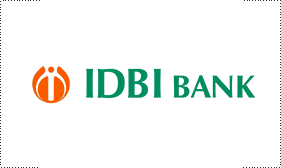- The Federal Reserve raised its key policy rate by 75 basis
points on Wednesday, the biggest hike since 1994, and signaled further
increases as the central bank struggles to bring inflation under control.
- The bold move is designed to help bring the supply-demand
situation back into balance. By raising the interest rate, borrowing money
becomes more expensive for consumers and businesses. As financial conditions
tighten, spending (i.e., demand) is expected to decline, which in turn should
push down inflation.In addition to the policy decision, the Fed officials
released their Summary of Economic Projections. Most of them now expect the
bank's key interest rate to hit 3.25% in 2022.
- Today's hike brings the federal funds rate range to
1.50%-1.75%. After two years sitting at 0.0%-0.25%, the Federal Open Market
Committee began raising rates in March with a 25 bp rate hike. In May, it
followed with a 50-bp increase, bringing the federal funds rate target range to
0.75%-1.00%.
- As part of its tightening plan, the Fed will continue
reducing the Treasury and mortgage-backed securities on its balance sheet as it
had described in May. Kansas City Fed President Esther George, who preferred a
50 bp rate hike, was the only FOMC member to vote against the 75 bp increase
- The central bank pointed out that economic activity appears
to have picked up after edging down in Q1 with robust job gains and a low
unemployment rate. But inflation remain elevated with the Russian invasion of
Ukraine and related events " creating additional upward pressure on
inflation and are weighing on global economic activity."

